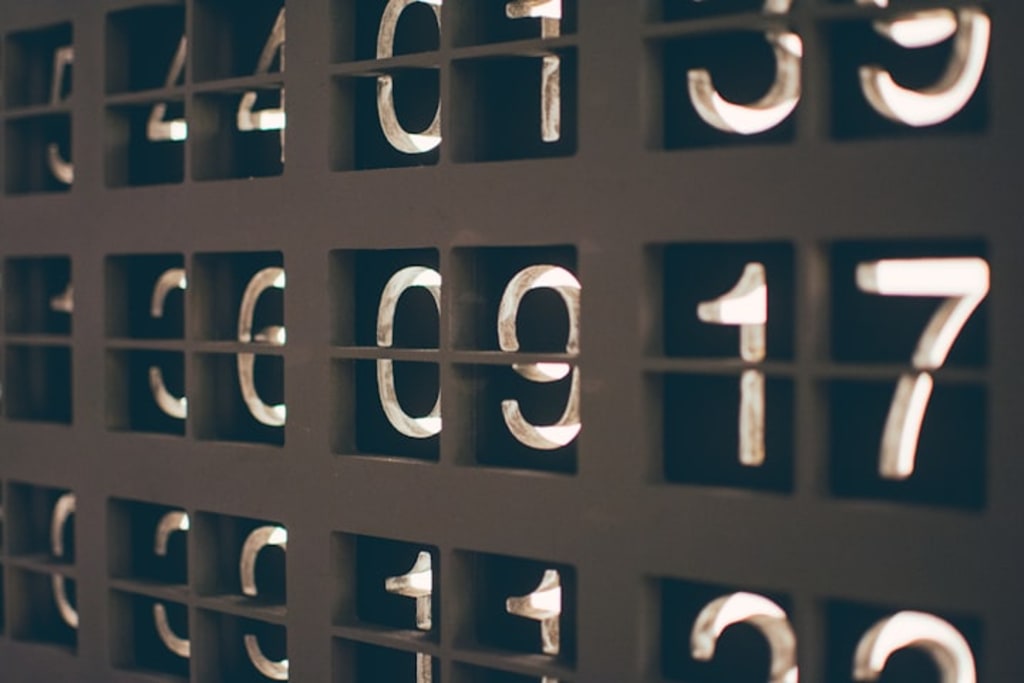"Unconscious Number Patterns: Exploring the Human Brain's Fascinating Perception of Quantities Through Evolutionary Insights and Modern Experiments"
The secret of numbers

The way we perceive and process numbers is deeply rooted in our evolutionary past.
- Humans can swiftly recognize and count one, two, or three dots, shapes, or objects. However, as the quantity increases, our response time slows down and errors become more common.
- Psychologists have discovered an intriguing prehistoric method of representing quantity in our subconscious minds, predating the existence of written numerical symbols.
Various cultures transition from using tally marks to symbols after reaching the count of 3 or 4 for enhanced efficiency.
- A distinct pattern emerges as societies shift from tallies to symbols after tallying 3 or 4 items.
- Our brains possess a unique ability to perceive and represent numbers, easily grasping small sets of objects but struggling with larger numerical values.
It takes longer to compare larger numbers or those in close proximity to each other.
- Individuals encounter challenges in distinguishing between two larger quantities, even if the disparity between them is objectively identical.
- When comparing numbers, the process of assessing larger quantities or those in close proximity takes more time, and individuals are unaware of their slowed response.
Human perception exhibits a bias toward smaller numbers over larger ones.
- The perceived distance between numbers is influenced by their magnitude.
- Experiments involving number comparison illustrate a human inclination toward smaller numerical values.
Number comparison is influenced by physical and cultural factors.
- Factors such as right-handedness and cultural reading practices shape individuals' interpretation of numerical magnitudes.
- Cultural disparities can lead to differing associations of larger numbers with either the left or right sides.
Babies possess an innate sense of numbers from birth.
- Through experiments involving objects and toys, infants reveal an understanding of quantity.
- Other creatures also exhibit a grasp of numerical quantities and a preference for larger groups.
Both animals and humans share an innate sense of exact and approximate quantities.
- Fish demonstrate a preference for larger groups based on specific quantity differentials.
- Specialized brain regions and neurons in both animals and humans are dedicated to counting and estimating quantities.
The significance of comprehending our innate number sense
- Dyscalculia affects 3-7% of the population, impeding the understanding of numerical concepts and math skills.
- Symbolic language contributes to the precise representation of numbers, aiding in their manipulation and measurement.
About the Creator
Enjoyed the story? Support the Creator.
Subscribe for free to receive all their stories in your feed. You could also pledge your support or give them a one-off tip, letting them know you appreciate their work.





Comments
There are no comments for this story
Be the first to respond and start the conversation.